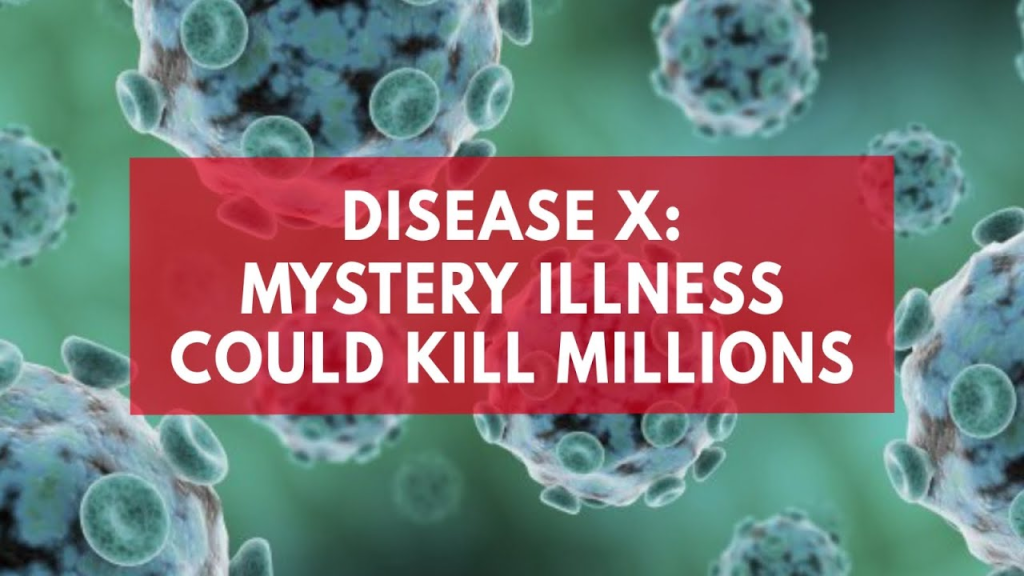Scientists are expressing concern about a new threat called Disease X that is about to materialise as the world struggles to recover from a COVID-19 pandemic that lasted for almost three years. Although the existence of this hypothetical illness is unknown, experts predict it won’t take long for it to spread and cause the next worldwide pandemic.
What is Disease X?
The World Health Organisation (WHO) has created the term “Disease X” to refer to a potential pandemic disease. It is not a specific disease, but rather a catch-all term for an unidentified pathogen with the potential to spread quickly, infect large populations, and kill people.
The WHO asserts that a virus, bacterium, or other pathogen that is not yet know to science may be the source of Disease X. It could emerge naturally or be the result of bioterrorism or laboratory accidents. Currently, scientists estimate that there are 1.67 million unknown viruses in mammals and birds. They predict that half of these could end up infecting humans – just as the COVID-19 pandemic began.
Why are Scientists Concerned?
The COVID-19 pandemic has shown us just how devastating a global pandemic can be. As of August 2021, the virus has infected over 200 million people and caused over 4 million deaths worldwide. The pandemic has also had far-reaching social and economic impacts, disrupting daily life and causing widespread unemployment and economic hardship.

Scientists believe that Disease X could be even more deadly and contagious than COVID-19. It could spread more rapidly and have a higher mortality rate, causing even more deaths and economic disruption.
How Can We Prepare for Disease X?
The ability to prevent and lessen the effects of a potential pandemic depends on preparation. Creating plans for identifying and containing emerging diseases requires collaboration between governments and public health organisations.

Investing in global surveillance systems that can spot new illnesses as soon as they appear is a crucial first step. Sharing of resources and international cooperation are needed for this. Like COVID-19, disease X is expected to be zoonotic, which means that it will begin in an animal host and spread to humans, according to scientists. When creating a strategy for vigilance, this information is crucial.
R&D Is Key
Investment in research and development of vaccines and treatments for emerging diseases can help to speed up the development of effective treatments and vaccines when a new disease emerges. Scientists have identified 120 potentially problematic viruses for humans out of 1.67 million unknown viruses, and have developed a strategy to identify prototype (model) viruses from these families that can cause the greatest risk to humans and for which there are no known medical countermeasures.
Protecting Yourself
Finally, people can take precautions to keep both themselves and their communities healthy. This includes maintaining good hygiene, such as frequently washing hands, covering coughs and sneezes, and receiving vaccinations against known diseases. Additionally, it’s crucial to stay away from wild animals and their waste and to avoid eating undercooked meat. Finally, it is critical for people to educate themselves about the diseases that are common in the region they are visiting or residing in.

